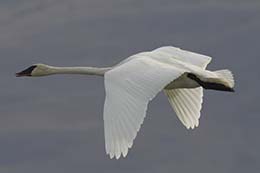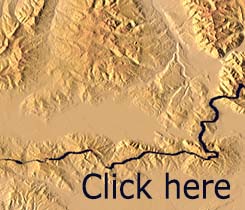

Red Rock Lakes National Wildlife Refuge and Centennial Valley has greatly influenced it as a haven for wildlife and plants that define its present day ecological environment.

The Red Rock Lakes National Wildlife Refuge is an isolated wilderness in the state of Montana in the western United States that is bounded by scenic mountain ranges separated by the isolated Centennial Valley which is over 45 miles long and averages six miles wide. It is home to a diverse set of birds, mammals and plants that have adapted well to their unique geologic setting. The valley consists of wetlands that provide good seasonal feeding and breeding grounds for many birds like the Trumpeter Swan and several species of other water fowl. The forests growing on the slopes of the surrounding mountains host deer, elk, fox, wolves, coyotes, marmots, wolverines and bear. The wetlands support antelope, moose, beaver, badger, otters, squirrels and more. The creeks and ponds support several species of native fish, including the Arctic Grayling. In the spring, wildflowers bloom to add the finishing touch to this beautiful wilderness.
